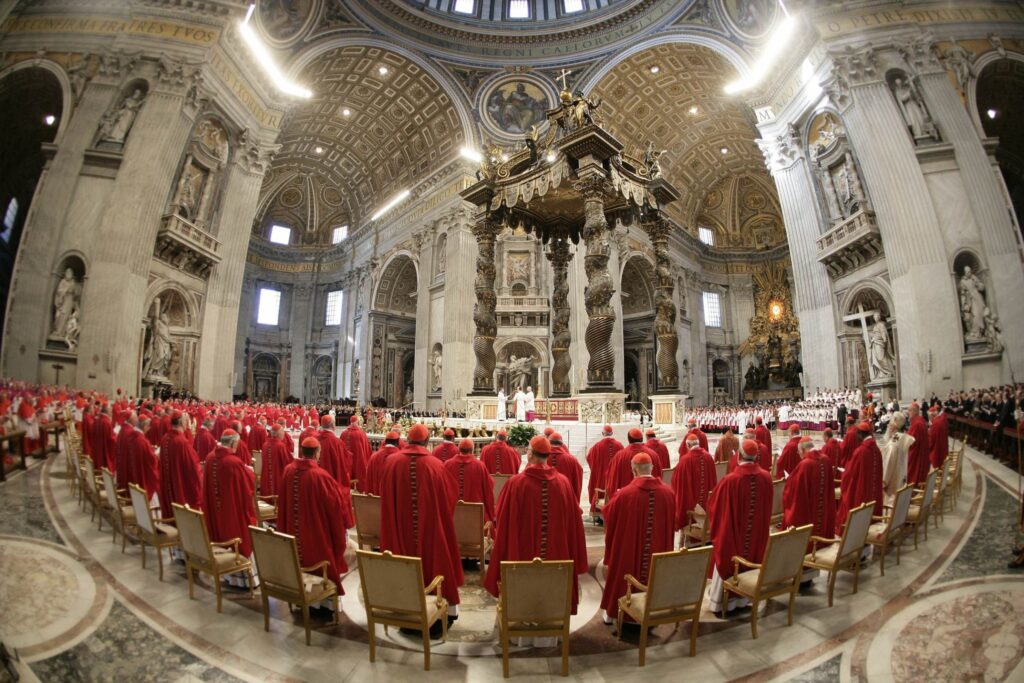The election of a pope by the Catholic College of Cardinals stands as one of history’s oldest continuing methods for electing a head of state.
The recent film ‘Conclave’ directed by Edward Berger examines how this supposedly divinely-guided process also functions as a consensus-building exercise that strengthens loyalty to the newly elected pontiff among the Church’s leadership.
According to political science scholarship, the papal election system bears similarities to European electoral practices from centuries past, before hereditary monarchies became the norm.
READ ALSO: Pope Francis: World leaders mourn
Cardinals are high-ranking Church officials drawn from across the globe, appointed personally by the pope and distinguished by their characteristic red garments. The voting body is restricted to cardinals under 80 years of age, with a maximum of 120 eligible electors permitted.
Church doctrine prohibits women from priesthood and consequently from papal consideration, based on theological interpretations about Jesus’ selection of apostles.

The conclave begins with cardinal electors processing into the Sistine Chapel, where they swear to absolute secrecy before the doors are sealed.”Papabile” describes potential papal candidates.
Berger’s film portrays several contenders representing different theological positions: a moderate Canadian, a socially conservative Nigerian, and a lesser-known Mexican archbishop with experience in Afghanistan.
Vatican observers often note that frontrunners seldom win, captured in the adage: “He who enters the conclave as pope, leaves it as a cardinal.”
The film’s depiction of Cardinal Bellini’s unsuccessful candidacy reportedly draws inspiration from real events during the 2005 conclave.
According to old tradition, daily voting proceeds with up to four rounds of ballots until a candidate secures a two-thirds majority.The voting ritual involves each cardinal approaching Michelangelo’s Last Judgment fresco, offering a prayer, and placing their folded ballot in a ceremonial vessel, as portrayed in Berger’s adaptation of Robert Harris’s 2016 novel.
Three designated cardinals count and record each vote aloud. When no candidate achieves the required two-thirds majority, the ballots are burned with chemical additives that produce black smoke visible to the public.
The process may continue through multiple rounds with consistent voting patterns as cardinals strategically observe which candidates maintain or lose support.
Gradually, those who voted for candidates receiving minimal support typically shift their votes toward stronger contenders in subsequent rounds.
Between voting sessions, cardinals may engage in informal discussions—depicted in the film as taking place in Vatican dining halls and screening rooms—where voting blocs and alliances might form.
Upon receiving the necessary two-thirds majority, the successful cardinal is asked by the dean if he accepts his election.
Upon acceptance, he selects his papal name and dons the papal vestments before proceeding to St. Peter’s Basilica’s balcony.
The final ballots are burned with chemicals creating white smoke, signaling to the world that a new pope has been elected.
The senior cardinal deacon then announces “Habemus Papam” (“We have a pope”) from the balcony before the new pontiff emerges to bestow his blessing upon Rome and the world.

